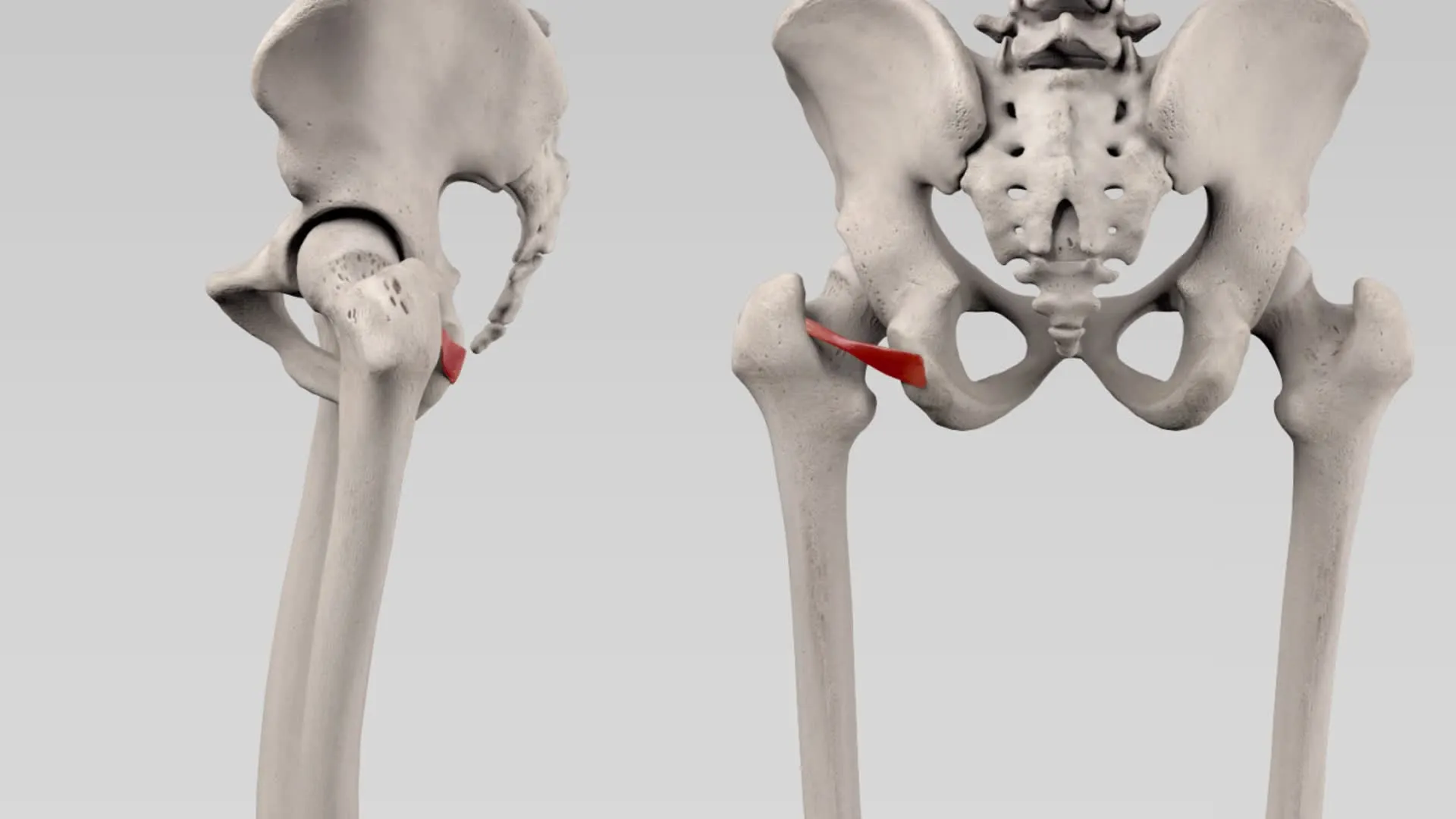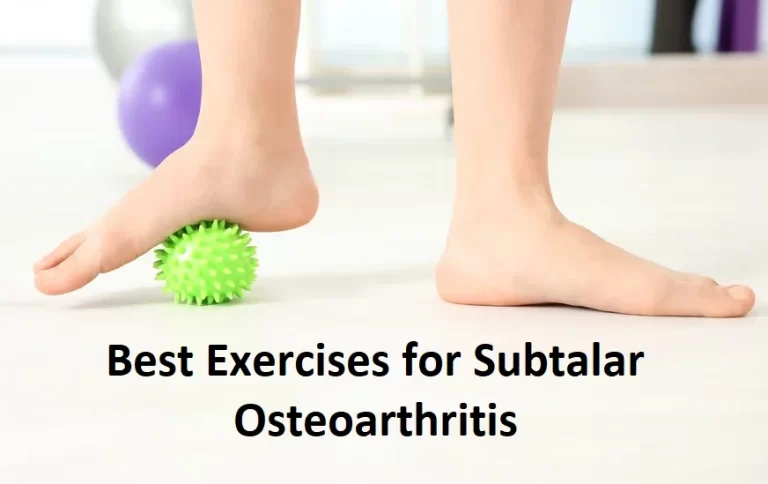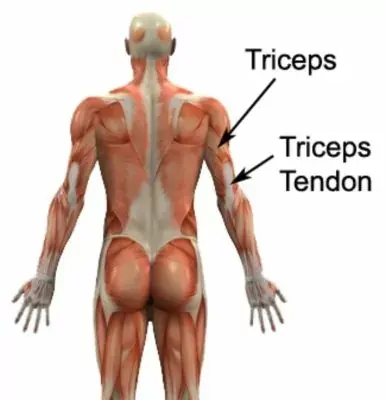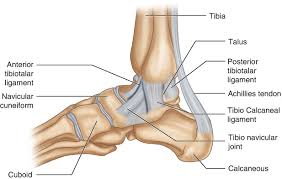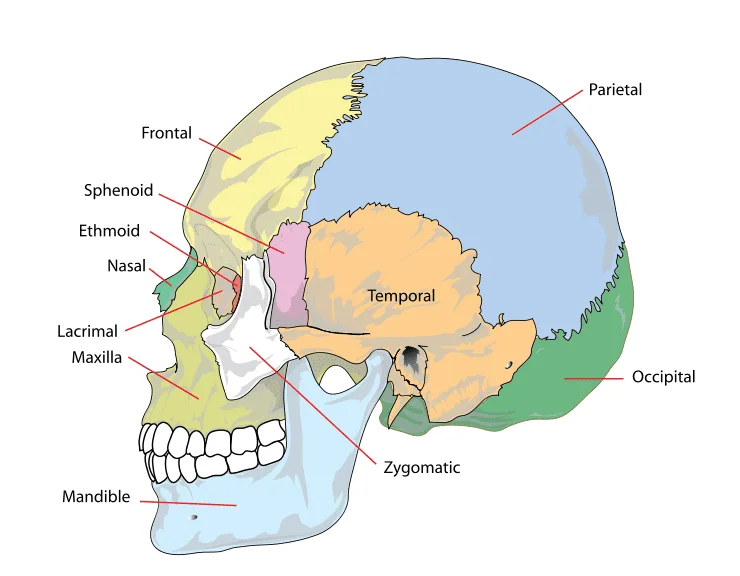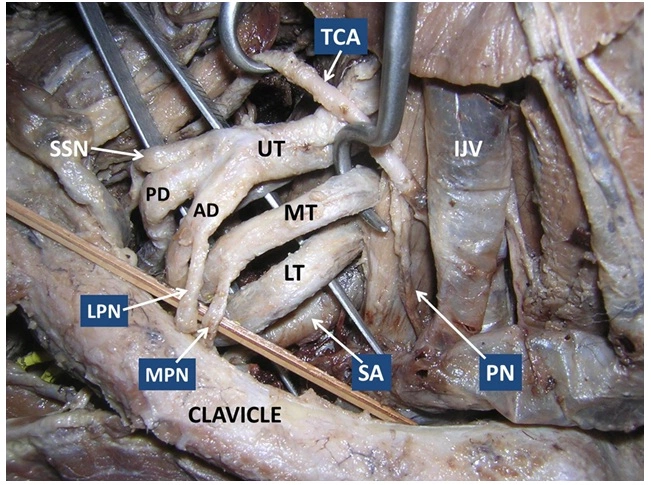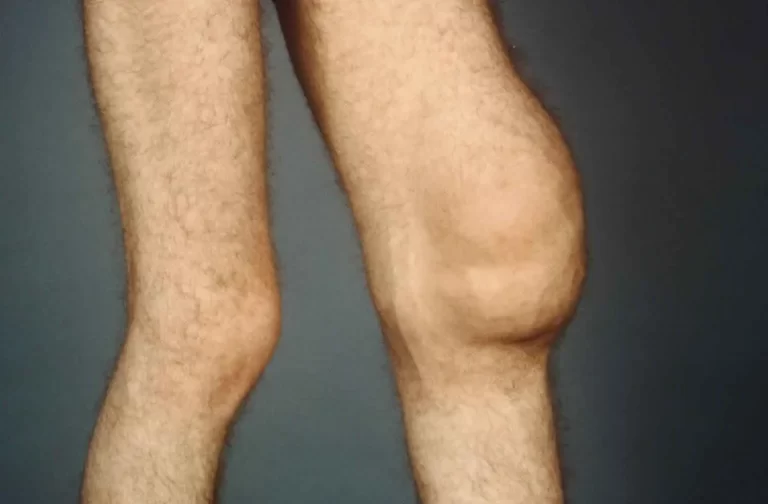Inferior gemellus muscle
What is an Inferior gemellus muscle?
The inferior gemellus is a small, paired muscle in the lower extremity’s deep gluteal region. It is important for a bigger, tricipital (three-headed) muscle complex called triceps muscles coxae (triceps muscles of the hip) which likewise incorporates the superior gemellus and obturator internus muscles. Gemelli muscles (superior, inferior) are considered accessory reinforcements for the obturator internus because they are the smallest of the three and less capable of performing independent actions.
The inferior gemellus reaches out from the ischium of the coxal bone until the greater trochanter of the femur, thus it is some of the time guided to an inward hip muscle. External rotation and thigh abduction are aided by contraction of the inferior gemellus, with the latter occurring only in thigh flexion. Additionally, it helps to maintain the femur’s head’s stability within the coxal bone’s acetabulum.
Origin of Inferior gemellus muscle
The lower part of the lesser sciatic notch and the ischial tuberosity.
Insertion
The greater trochanter of the femur is where the inferior gemellus, superior gemellus, and obturator internus all insert.
Relations
In the deep layer of the gluteal region between the piriformis and quadratus femoris muscles, the inferior gemellus is a component of the triceps coxae muscle complex. The gluteus maximus muscle covers the inferior gemellus only superficially, while the hip joint is deep, or anterior to it. The nerve to quadratus femoris drops profound to the inferior gemellus in the wake of leaving the pelvis through the greater sciatic foramen. The inferior gemellus is reached by the sciatic nerve, posterior femoral cutaneous nerve, and inferior gluteal artery.
After the obturator internus exits the pelvis through the lesser sciatic foramen, the inferior gemellus structures a strong canal for its ligament. As they get closer to the femur’s insertion point, the inferior gemellus first passes inferior to the tendon before passing anterior to it.
Innervation
The inferior gemellus is innervated by a branch of the sacral plexus known as the nerve to the quadratus femoris. It arises from the spinal nerves S1 and L4/5.
Blood supply
The medial circumflex femoral artery, which comes from the deep femoral artery, supplies the inferior gemellus muscle with arterial blood. The medial circumflex femoral artery continues to supply the femur’s neck after vascularizing the muscle.
Functions of Inferior gemellus muscle
The inferior gemellus is accessory muscle support to the obturator internus, helping it in its activities. Because the obturator internus turns almost 90 degrees when crossing the lesser sciatic foramen and loses some power as it leaves the pelvis, this aspect is necessary.
The inferior gemellus muscle follows up on the hip joint, causing two significant developments. External (lateral) rotation of the thigh occurs when the thigh is in an anatomical position and pulls the greater trochanter of the femur posteriorly, around the bone’s longitudinal axis. The inferior gemellus pulls the upper femur medially when the hip and thigh are flexed. Thigh abduction occurs as a result of the lower femur moving laterally to compensate for this action. The inferior gemellus likewise builds up the integrity of the hip joint, balancing out the top of a femur inside the hip bone acetabulum.
In our day-to-day lives, the combination of thigh external rotation and abduction from a flexed hip serves important functions. You can move sideways while sitting and swing your lower extremity sideways when stepping out of a car with these actions. They aid in squatting and crawling and stabilize the trunk in a sitting position during side-to-side jerking.
Clinical significance
When the gemelii-obturator complex is stretched, the sciatic nerve is dynamically compressed, resulting in Gemelli-obturator syndrome. It is a possible diagnosis of deep gluteal syndrome and is a rare condition. The hip, buttock, or posterior thigh may experience pain and/or dysesthesia, either with or without non-discogenic radicular pain.
Inferior gemellus muscle stretching
Stand in front of a chair or a surface that is about the same height as a chair.
On the chair in front of you, place the outside of the gluteal muscle of the leg that needs to be stretched.
Loosen up your leg and drop your knee (of the leg being extended) towards the chair and cautiously incline forwards until you feel a stretch inside your gluteal part.
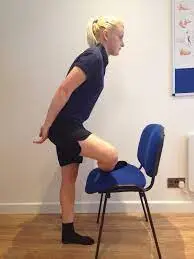
Inferior gemellus muscle strengthening exercises
A three-point hip rotation is one of the best exercises for strengthening the hip rotators, including the inferior gemellus. Position yourself on all fours on a level however agreeable surface. With your knee bent, bring your right knee into your chest. After that, turn your leg to the back, then to the right. Take the knee back to your chest. Perform ten rotations on each leg in total. Ensure your action is smooth and controlled all through the activity. This exercise can likewise be finished in a standing position.
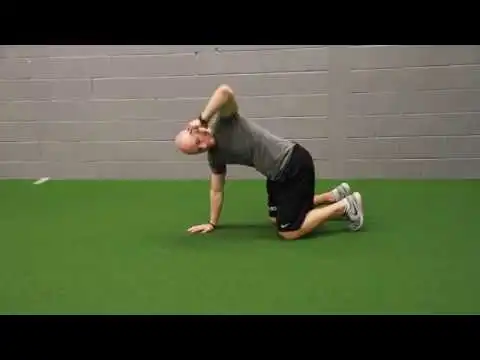
FAQ
What does inferior gemellus mean?
The lower gemellus (from Latin: A small pelvic muscle known as the musculus gemellus inferior stretches between the ischium of the hip bone and the femur. It is deep within the posterior pelvis and is inferior to the gluteal muscles. As a result, it is a member of the deep gluteal muscle group.
What exercises are appropriate for the inferior gemellus?
Inferior gemellus works out
Bring your right knee into your chest with your knee flexed (bowed). After that, turn your leg to the back, then to the right. Take the knee back to your chest. Perform ten rotations on each leg in total.
Where is the attachment of the inferior gemellus?
From the pelvic bone, the inferior gemellus connects to the greater trochanter of the femur. The proximal/medial connection is onto the superior part of the ischial tuberosity.
Who supplies gemellus inferior?
The inferior gemellus (L4, L5, S1) is innervated by the Quadratus Femoris nerve.
How is the inferior gemellus muscle stretched?
Exercises for the inferior gemellus Bring your right knee into your chest and bend it. After that, turn your leg to the back, then to the right. Take the knee back to your chest. Perform ten rotations on each leg in total.

